Mapai was a Labor Zionist and democratic socialist political party in Israel, and was the dominant force in Israeli politics until its merger into the modern-day Israeli Labor Party in January 1968. During Mapai's time in office, a wide range of progressive reforms were carried out, as characterised by the establishment of a welfare state, providing minimum income, security, and free access to housing subsidies and health and social services.
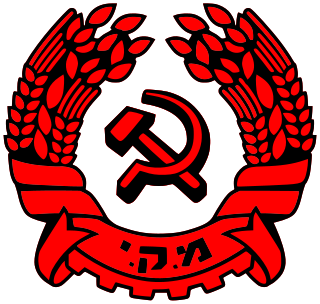
The Communist Party of Israel, commonly known by its Hebrew abbreviation Maki, is a far-left communist political party in Israel that forms part of the political alliance known as Hadash. It was originally known as Rakah (רק"ח), an acronym for Reshima Komunistit Hadasha, after breaking away from the original Maki in the 1960s.

Constituent Assembly elections were held in newly independent Israel on 25 January 1949. Voter turnout was 86.9%. Two days after its first meeting on 14 February 1949, legislators voted to change the name of the body to the Knesset. It is known today as the First Knesset.
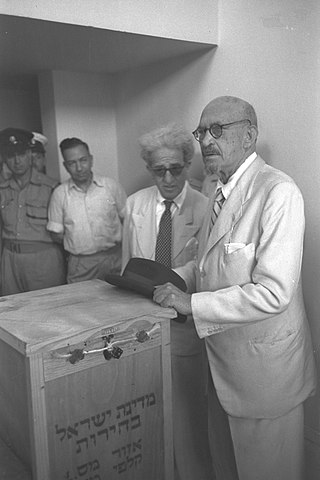
Elections for the second Knesset were held in Israel on 30 July 1951. Voter turnout was 75.1%.
Elections for the sixth Knesset were held in Israel on 2 November 1965. Voter turnout was 85.9%.
The United Arab List was an Arab satellite list in Israel during the late 1970s and early 1980s. It is not connected to the modern day United Arab List.

Rostam Bastuni was an Israeli politician and journalist, and the first Israeli Arab to represent a Zionist party in the Knesset.
The Alignment was the name of two political alliances in Israel, both of which ended their existence by merging, in January 1968 and October 1991, into the Israeli Labor Party.
The Left Faction was a short-lived political party in Israel.
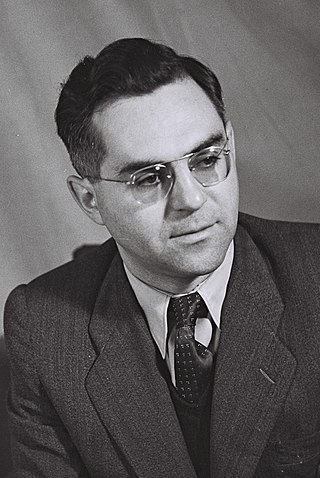
Meir Vilner was a Lithuanian-born Israeli communist politician and Jewish leader of the Communist Party of Israel (Maki), at one time a powerful force in the country. He was the youngest and last living signatory of the Israeli Declaration of Independence in 1948.

Moshe Sneh was a Haganah commander and an Israeli politician. One of the founders of Mapam, he later joined the Israeli Communist Party (Maki).
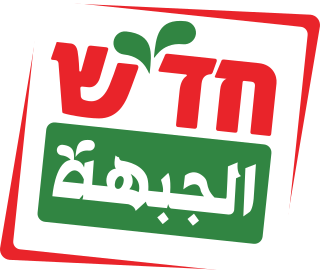
Hadash (Hebrew: חד״ש, abbreviation for HaHazit HaDemokratit LeShalom VeLeShivion is a left-wing to far-left political coalition in Israel formed by the Israeli Communist Party and other leftist groups.
The Israeli Labor Party, commonly known as HaAvoda, was a social democratic political party in Israel. The party was established in 1968 by a merger of Mapai, Ahdut HaAvoda and Rafi. Until 1977, all Israeli prime ministers were affiliated with the Labor movement. The final party leader was Yair Golan, who was elected on 28 May 2024.
The Hebrew Communists were a short-lived political party in Mandatory Palestine and Israel.
Labor Zionism or socialist Zionism is the left-wing, socialist variant of Zionism. For many years, it was the most significant tendency among Zionists and Zionist organizations, and was seen as the Zionist faction of the historic Jewish labour movements of Eastern Europe and Central Europe. Labor Zionism eventually developing local movements in most countries with sizable Jewish populations. Unlike the "political Zionist" tendency founded by Theodor Herzl and advocated by Chaim Weizmann, Labor Zionists did not believe that a Jewish state would be created by simply appealing to the international community or to powerful nations such as the United Kingdom, Germany, or the former Ottoman Empire. Rather, they believed that a Jewish state could only be created through the efforts of the Jewish working class making aliyah to the Land of Israel and raising a country through the creation of a Labor Jewish society with rural kibbutzim and moshavim, and an urban Jewish proletariat.

Mapam was a left-wing political party in Israel. It is one of the antecedents of the Meretz party and its successor, The Democrats.
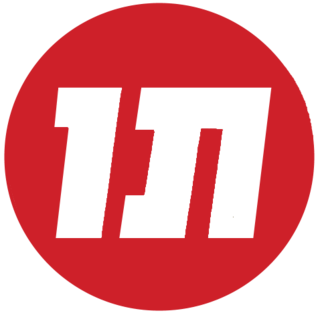
Ahdut HaAvoda was the name used by a series of political parties in Israel. Ahdut HaAvoda in its first incarnation was led by David Ben-Gurion. It was first established during the period of British Mandate and later became part of the Israeli political establishment. It was one of the forerunners of the modern-day The Democrats.

Meretz was a left-wing political party in Israel. The party was formed in 1992 by the merger of Ratz, Mapam and Shinui, and was at its peak between 1992 and 1996 when it had 12 seats. It had no seats in the Knesset following its failure to pass the electoral threshold in the 2022 elections, the only time it failed to win seats in the Knesset.

The Hashomer Hatzair Workers Party of Palestine was a Marxist-Zionist political party in the British Mandate of Palestine, connected to the Hashomer Hatzair movement.
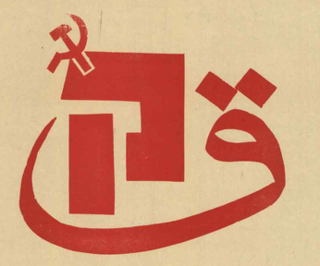
Maki was a communist political party in Israel.













